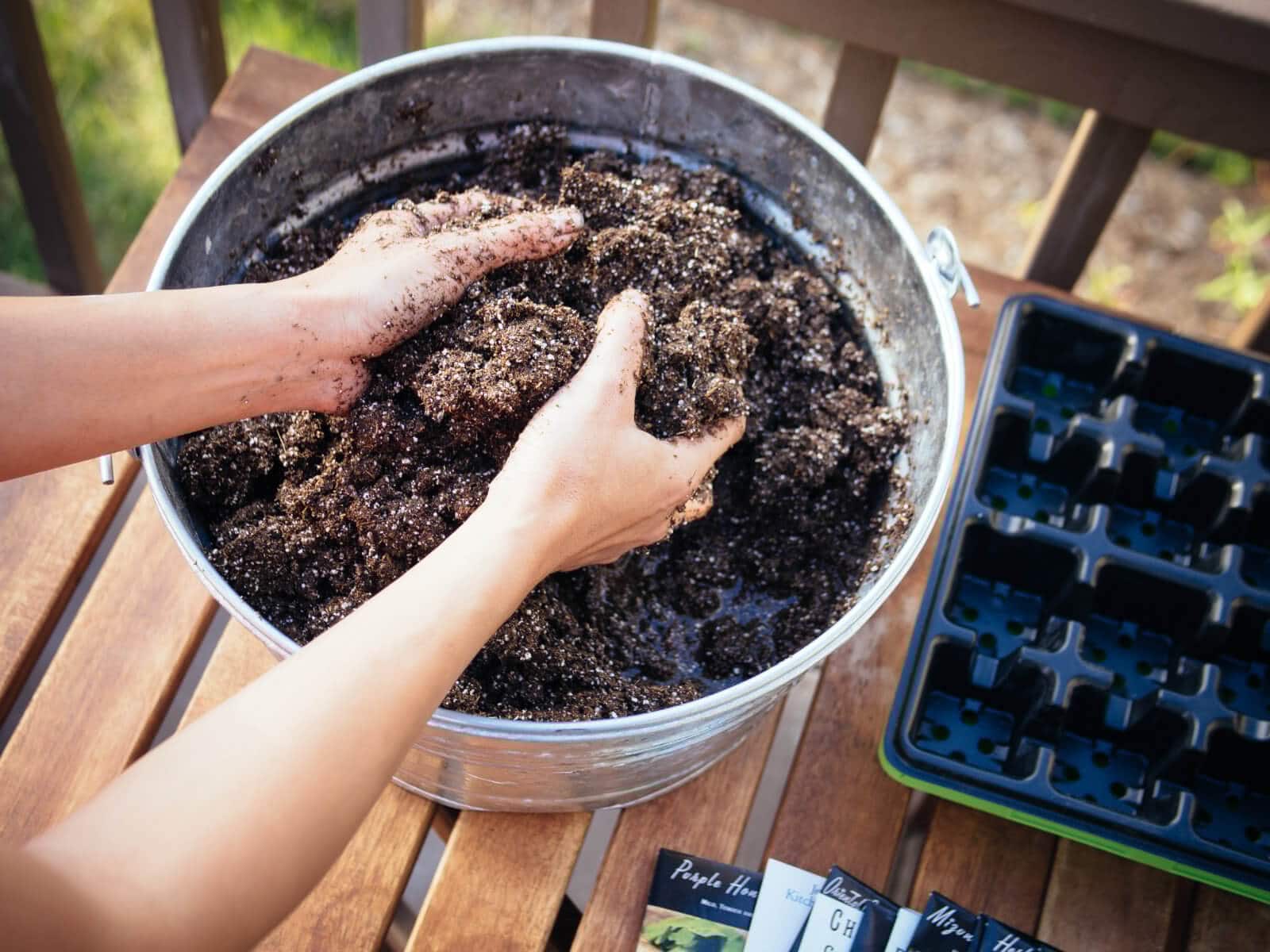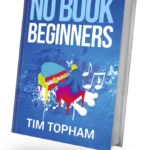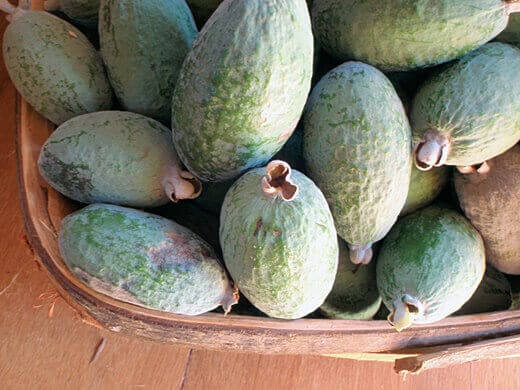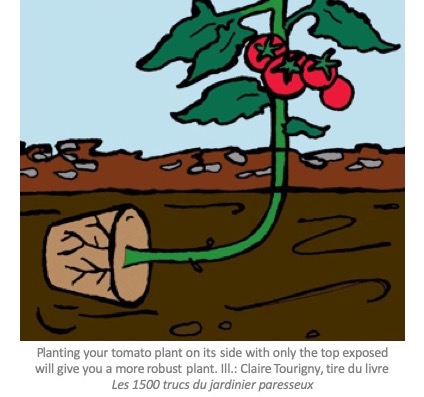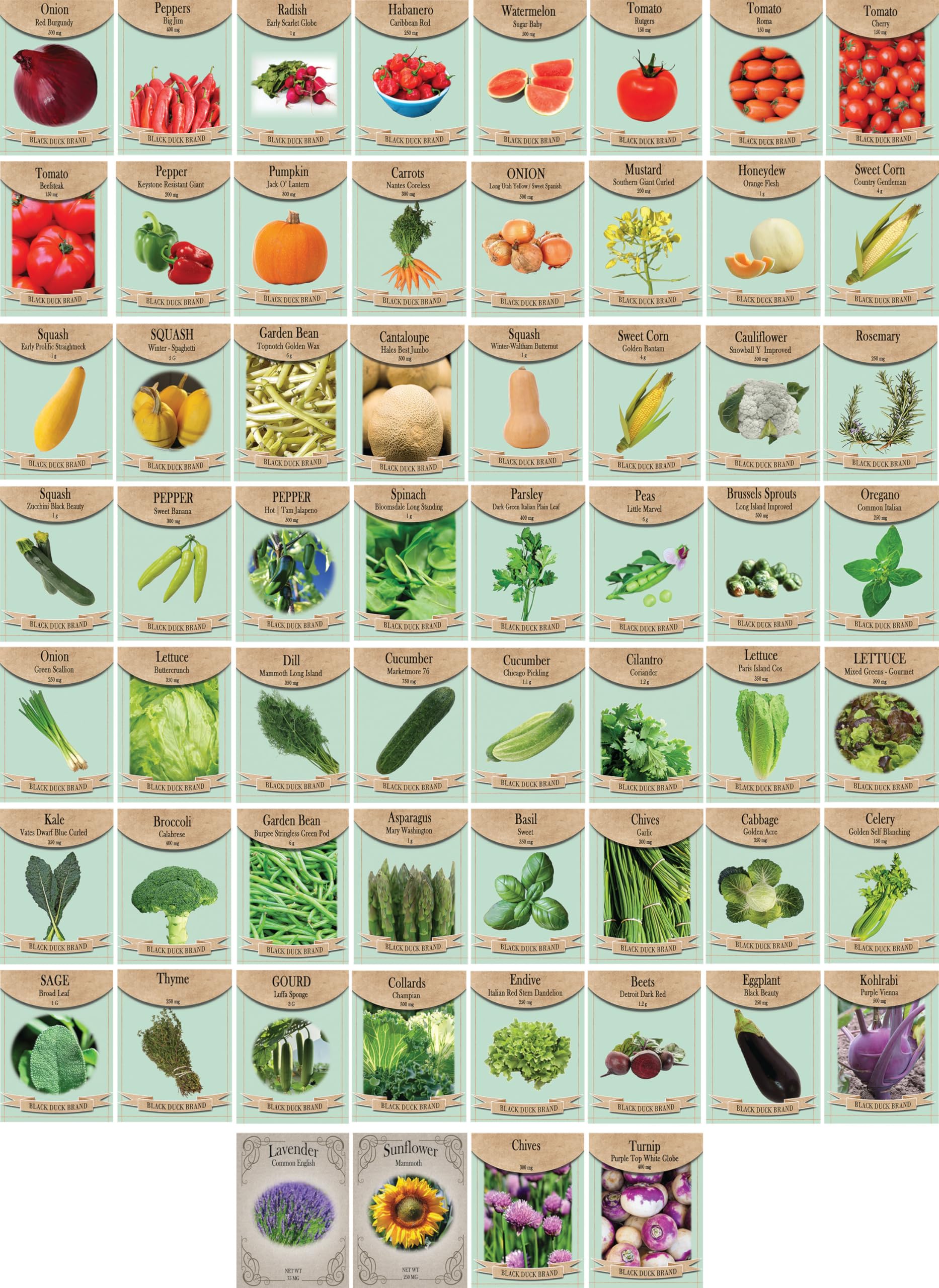Starting seeds can be an exciting prospect for any gardener, but it’s often accompanied by the concern of cost and quality of materials. Luckily, there’s a way to make the best seed starting mix for dirt cheap, and better yet, it’s organic. This mix not only supports the fragile beginnings of your plants but also ensures you are not breaking the bank while doing so.
Gardeners have long debated the merits of various seed starting mediums. With this guide, you will discover the simplicity and effectiveness of a homemade seed starting mix that champions both affordability and organic gardening principles, using only essential ingredients that are easily accessible.
What Is Seed Starting Mix?
Seed starting mix is a specialized medium designed to foster the germination and growth of seeds. Unlike regular garden soil, seed starting mix is lighter and fluffier to allow tender roots to grow more easily. It typically lacks added nutrients, which seeds do not require in the initial stages of growth, as they contain their own food supply to kickstart development.
This mix is formulated to maintain the perfect balance of moisture and air, which is crucial for seeds to break dormancy and begin sprouting. A well-made seed starting mix can mean the difference between a thriving seedling and one that struggles to grow.
Using a dedicated seed starting mix is also important because it is sterile, meaning it won’t contain pathogens or weed seeds that could harm your seedlings. With no soil-borne diseases to worry about, your plants get the healthiest start possible.
Is Seed Starting Mix Necessary?
For gardeners looking to give their seeds the best chance at life, a seed starting mix is indeed necessary. Seeds are delicate and require a gentle environment, free from the harsh conditions found in regular soil. The mix ensures proper drainage and moisture retention without being waterlogged.
Without the right seed starting mix, seeds may either dry out too quickly or become too moist, leading to fungal diseases like damping off. Moreover, the fine texture of a seed starting mix is perfect for tiny seeds that need close contact with their growing medium to germinate effectively.
What’s The Difference Between Potting Soil And Seed Starting Mix?
The primary difference between potting soil and seed starting mix lies in texture and ingredient composition. Potting soil is generally denser, and it may contain added nutrients and organic matter like compost or bark, which are not necessarily beneficial for seed germination.
Seed starting mix, on the other hand, is designed to be much lighter and airier than potting soil. It usually consists of finer particles to prevent compaction, allowing for better root growth and easier water management for delicate seeds and seedlings.
Due to these differences, using potting soil for starting seeds might not yield the best results, as it could be too heavy and nutrient-rich for the initial requirements of a germinating seed.
The Best DIY Seed Starting Mix Needs Only 3 Ingredients
- Sphagnum Peat Moss or Coconut Coir: These are excellent for holding moisture while also providing good aeration.
- Perlite: It’s used to improve drainage and prevent soil compaction.
- Vermiculite: This helps retain water and nutrients, releasing them slowly as the seedlings grow.
Combining these ingredients will give you an effective and organic seed starting mix. The ratio of these ingredients can vary, but a common mixture is one part peat moss or coconut coir, one part perlite, and one part vermiculite.
How To Make The Best Potting Mix For Transplanting Seedlings
Once your seedlings have grown and are ready for transplanting, they’ll need a slightly different mix to support their growth. To make the best potting mix for transplanting seedlings, you can use the same ingredients as the seed starting mix but alter the ratios to provide more nutrients and stability for the growing plants.
At this stage, you might want to include some compost or worm castings to introduce essential nutrients that the young plants will need as they develop larger root systems and foliage.
So Just How Cheap Is Homemade Seed Starting Mix?
The cost of making your own seed starting mix is a fraction of what you would pay for a pre-made, commercial product. By purchasing the three basic ingredients in bulk, you can save a significant amount of money. Plus, you’ll know exactly what’s going into your mix, avoiding any unnecessary chemicals or additives.
When you make your mix, you’re also able to customize it based on your specific needs and the types of seeds you’re planting, which can lead to better germination rates and healthier seedlings.
Common Questions About Seed Starting Mix And Potting Mix
Gardeners often have many questions about the best practices for starting seeds and transplanting seedlings. It’s important to understand the differences between various mixes and how to tailor them to your gardening needs.
Whether you’re curious about the ideal texture of a seed starting mix or how to modify a potting mix for different plants, there is a wealth of knowledge to explore to ensure you’re giving your plants the best start.
Now, let’s delve into some related queries that you might have.
Related Questions on Organic and Affordable Seed Starting
What is the best homemade seed starting mix?
The best homemade seed starting mix for most gardeners will include a blend of sphagnum peat moss or coconut coir for moisture retention, perlite for drainage, and vermiculite for holding nutrients. This mix ensures that seeds have the right environment to germinate and grow into healthy seedlings.
This combination provides a light, sterile, and nutrient-balanced medium. It’s important to mix these ingredients thoroughly to create a uniform substrate that encourages even growth.
What 5 ingredients are needed to create soil?
To create a rich, nurturing soil, you may consider blending compost, topsoil, sand, sphagnum peat moss, and either perlite or vermiculite. However, for seed starting purposes, you only need sphagnum peat moss or coconut coir, perlite, and vermiculite.
The combination of these ingredients will create a soil-like environment that is ideal for the germination and early growth of plants.
Is Promix seed starting mix organic?
Promix offers a variety of growing mediums, some of which are organic. It’s important to check the product label to ensure that the seed starting mix you choose meets organic standards.
However, by creating your own seed starting mix using organic components, you can be sure of the mix’s organic status and quality.
Is perlite or vermiculite better for seed starting?
Both perlite and vermiculite have their roles in seed starting. Perlite is excellent for drainage and ensuring that the mix does not become waterlogged, while vermiculite is good for water retention and re-wetting the mix after it has dried.
Using a combination of both creates a balanced environment that accommodates the needs of most seeds.
To enhance the information provided, I’ve selected a helpful video from the carousel. The video provides visual guidance on making a quality seed starting mix that’s both cost-effective and organic:

